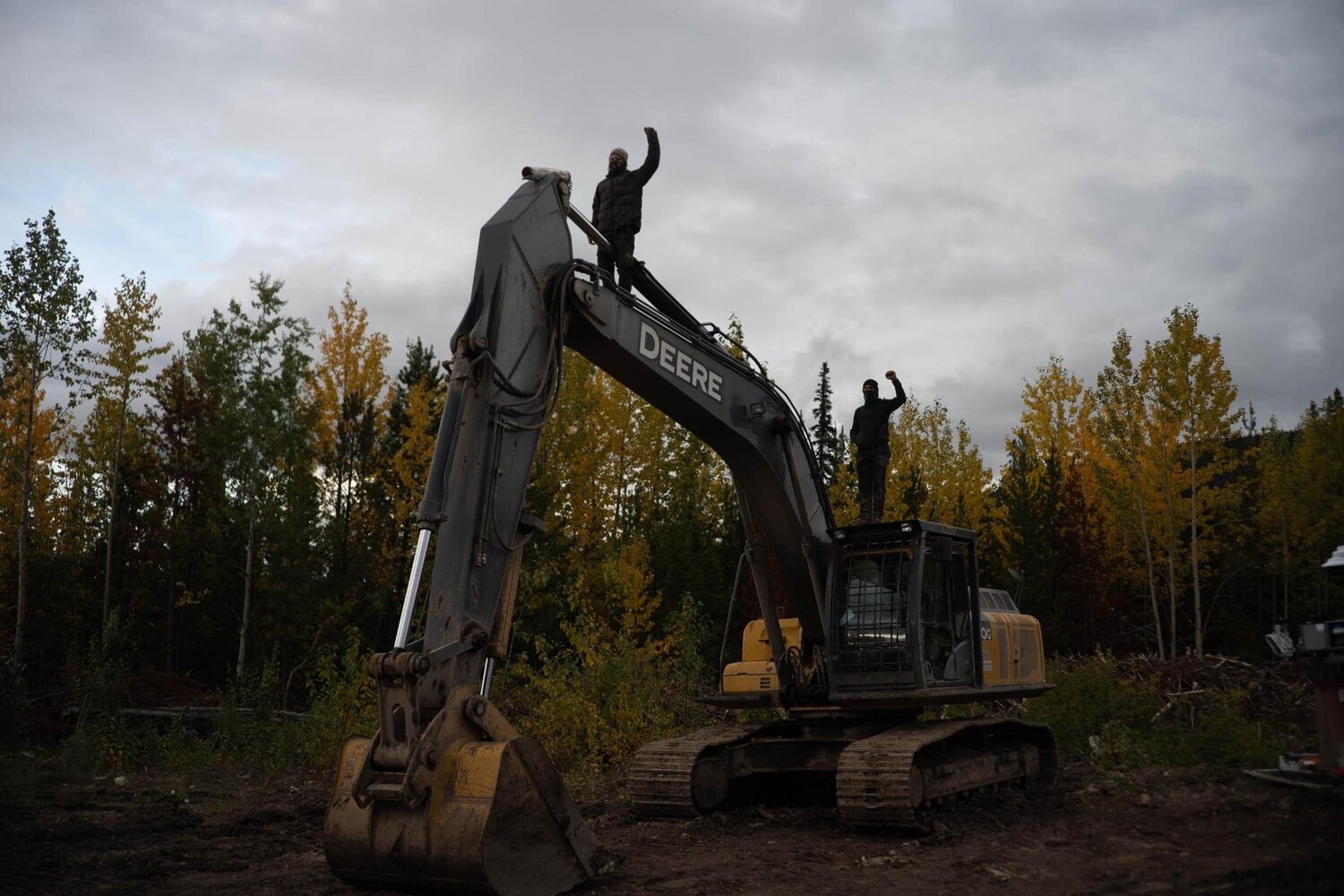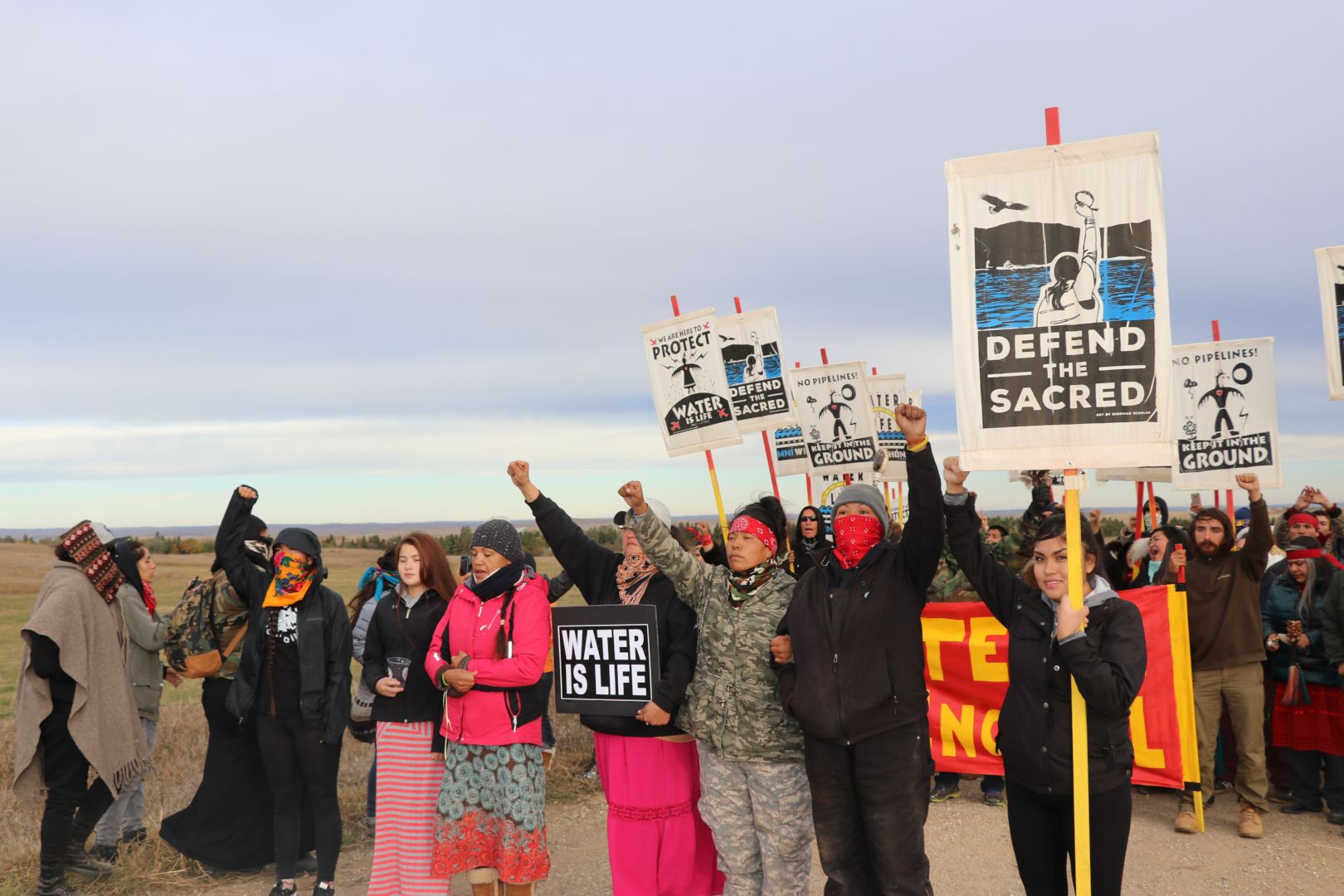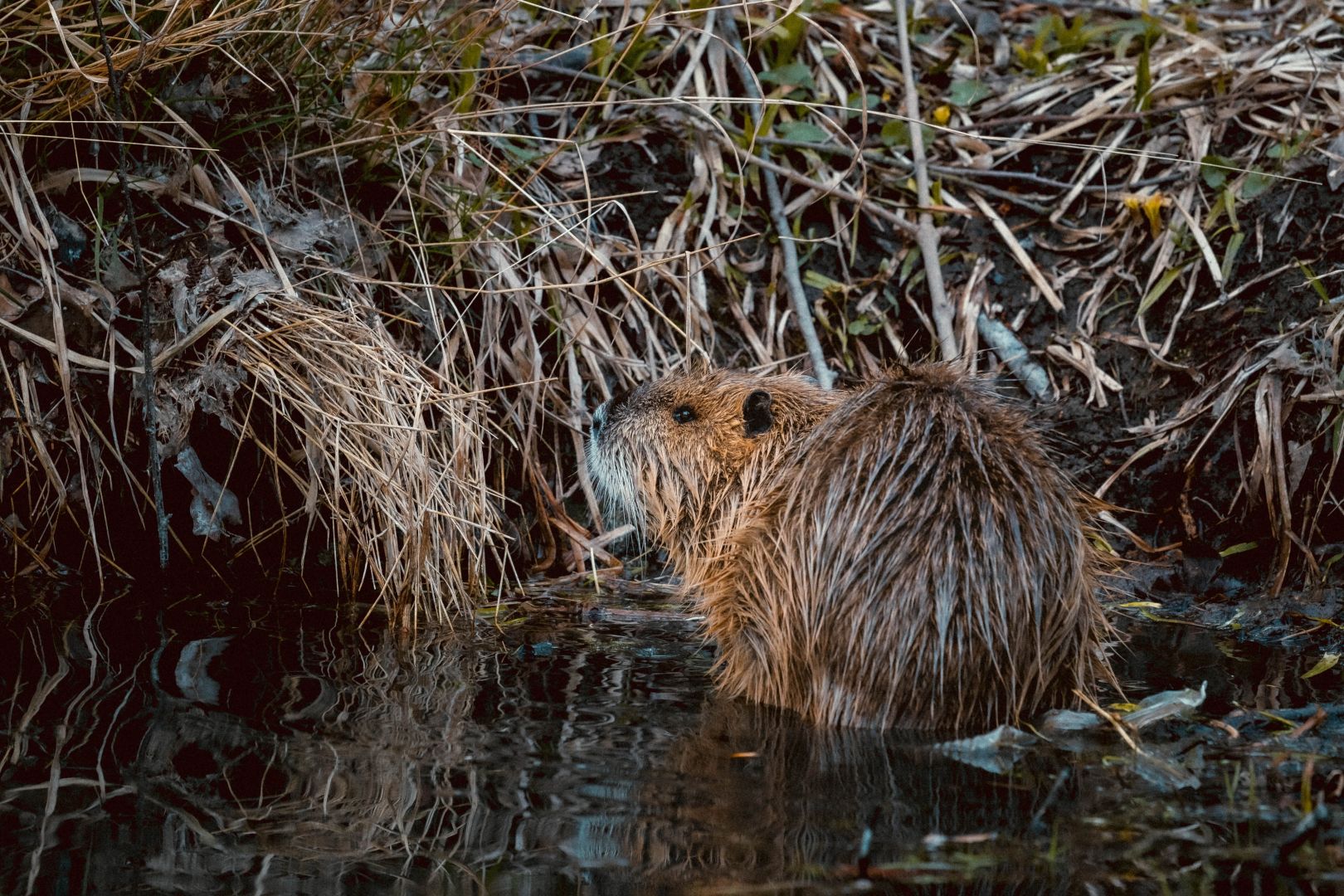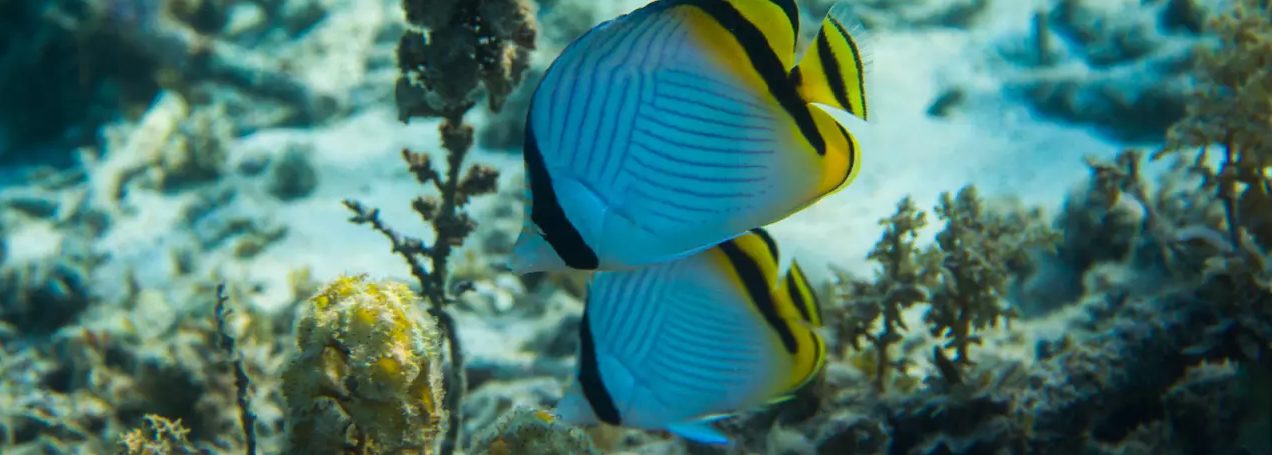
‘Antithetical to science’: When deep-sea research meets mining interests
This article originally appeared in Mongabay. Editor’s note: We know less about the bottom of the sea than we know about outer space. We really require no scientific evidence to know that mining is bad for the environment wherever it occures. It should not be done on land, under the sea or on other planets. The ISA needs to reject the deep sea mining industry’s claims that mining for metals on the ocean floor is a partial solution to the climate crisis. As Upton Sinclair said, “it’s difficult to get a man to understand something when his salary depends on his not understanding it.” We can see this with the archeologist working for Lithium America in Thacker Pass. An interesting film to watch on the twisted relationship between science and industry is The Last Winter . ...








